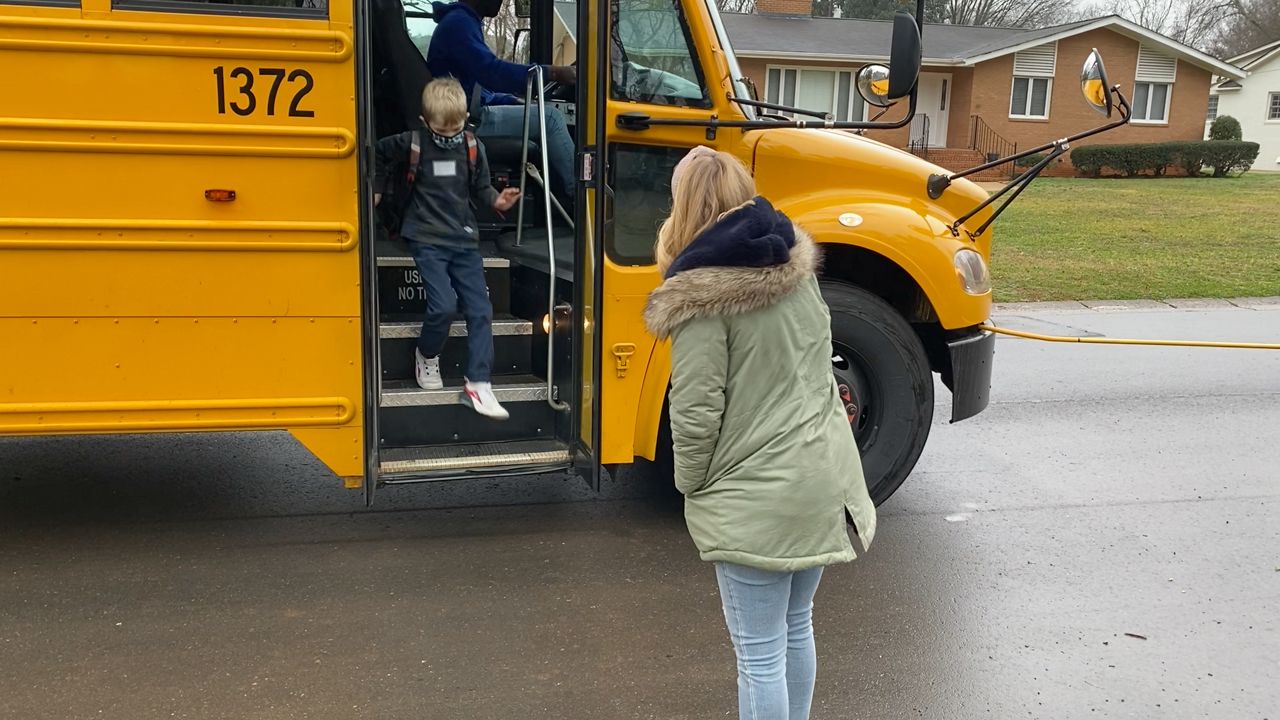Last month, Gov. Andrew Cuomo announced the withholding of state aid to schools imposed last year in order to triage the financial fallout from the COVID-19 would end. The move helped many school districts in New York avoid a steep loss in a key source of revenue if the reductions had been maintained.
But, according to an analysis by Moody's Investor Services, not all withholdings during the last year affected school districts equally.
"The timing of state aid payments to districts varies, so some districts may have received most or all of their fiscal 2020 state aid before the state cuts," the report found. "The elimination of the withholding ensures all districts will receive their fully estimated fiscal 2021 payments at some point before June 30. Had New York State maintained the 20% reduction for a full fiscal year, many school districts would have faced significant losses."
School offiicals have faced a variety of challenges during the pandemic, with the most obvious being protecting students and staff from contracting COVID-19 while still providing either in-classroom instruction, online learning, or in many cases, a mix of both.
But the pandemic has also made budgeting for schools all the more challenging.
School funding this year, like much else in the budget discussions, could hinge on the size of the stimulus measure Congress is now debating. Gov. Andrew Cuomo has proposed spending $31 billion on education this year, assuming New York receives less than he wants from the federal government to cover a multi-billion dollar budget gap.
School districts saw a decline in operating costs during the final fiscal quarter of 2020, which in some districts led to larger-than-anticipated surpluses. But that, in part, was an illusion.
"However, given the prospect of significant state aid withholding, most districts expected to draw down their suddenly higher fund balance levels in order to alleviate any state aid reductions in fiscal 2021," the Moody's analysis found. "Removing the withholding of state aid means school districts will not only be able to use their fiscal 2020 surpluses more freely — instead of only as a backfill for lost state aid — but also have significantly more clarity about their total financial picture through the end of fiscal 2021."
State aid can offset either spending reductions or prevent school districts from searching for revenue elsewhere, like through property tax increases. New Yorkers pay among the highest property taxes in the country, and increases on the local level were capped at 2% of the rate of inflation, in order to limit their growth.
